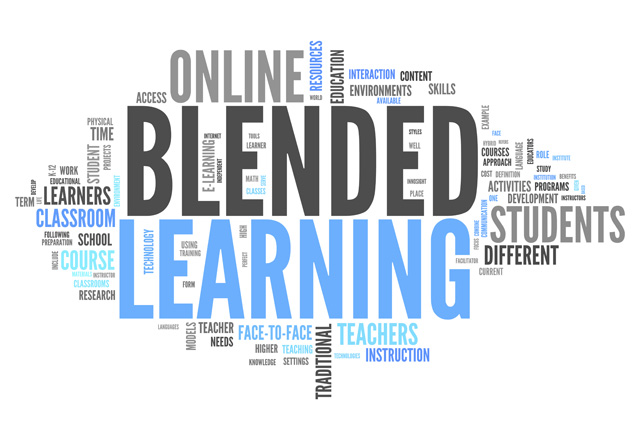What is Blended Learning?
Over the last 20 years, education has developed to the point at which learning solely in the classroom is no longer the most efficient or effective way to give students high quality instruction and education.
Blended learning combines classroom-based teaching with online learning through multimedia, interactive educational modules and more. As blended learning uses a combination of learning methods, it delivers a more effective, engaging education.
What is blended learning?
Blended learning uses modern technology to educate students both in the classroom and via technology. Part of a student’s blended learning education may be delivered in a traditional classroom environment, with part provided online.
Since blended learning uses technology to provide a more flexible education, it can offer a greater level of convenience and effectiveness for students. Students that are involved in blended learning can often achieve better focus and improved results.
Blended learning usually combines classroom teaching and online learning, often in the form of interactive online lessons. Technology has made blended learning a part of many students’ educations and an important pillar of effective modern education.
Important factors to consider about blended learning
Blended learning offers several advantages to students. One of the biggest strengths of blended learning is that it gives students the freedom to learn tat their own pace to a greater extent than a traditional classroom learning environment.
In some cases, this can lead to improved results and a greater level of focus due to students being able to move forward at their own pace and devote more time to the aspects of education that require the greatest level of focus and attention.
What are the advantages of blended learning?
One of the biggest advantages of blended learning is its flexibility. Since students can learn both inside and outside the classroom, blended learning lets students focus on their education in an environment that suits optimal productivity and focus.
Blended learning also allows students to learn to a greater level of detail than what’s possible in the classroom. Many students can cover a more comprehensive range of resources using blended learning than is possible in a traditional school classroom.
Finally, blended learning gives students the ability to slow down or speed up their progress based on their learning speed. This lets students devote more time to key topics that challenge them without being pushed forward or held back.
What are the challenges of blended learning?
Since blended learning combines in-classroom and out-of-classroom learning, one of its biggest challenges is keeping students focused and dedicated to achieving the key educational goals of their curriculum.
Blended learning combines classroom learning and independent learning, which is a major advantage. This allows teachers to ensure students remain up-to-date with all of their major learning goals, even when learning independently.
What should you know about blended learning?
As technology develops and becomes a more important part of education, blended learning is poised to become far more commonplace. The effectiveness of blended learning has made it a popular learning option with both students and teachers.
From in-depth online resources to interactive learning modules, blended learning gives students access to a traditional classroom environment and a wide range of valuable educational resources that a traditional education often can’t provide.





